 |
||
Hitting Progressions Advanced: Practice Makes Permanent ~ Perfect Practice Makes Perfect!Hitting progressions advanced; the movements a batter makes, prior to swinging at a pitched baseball. Watching batting styles of professional baseball players, one might assume that most anything goes, in relation to pre-pitch movements. While styles vary, on close scrutiny of batters, they all get to the power position on time and are ready to swing, regardless of the route taken to get there. For young players, those below college age, it is a good practice to use as little motion in the batters' box as possible. The less motion created, the better the opportunity to see the baseball clearly and to get their bat to, and through the zone on time. Is hitting a baseball that complex? The steps that put a player in position to swing at the baseball are not complex. The difficulty is created by the small amount of time available to decide if a particular pitch is one you want to swing at, and put a good swing on it. One goal of every young batter should be to develop and refine those steps until they occur with no thought process. PERFECT PRACTICE MAKES PERFECT! Hitting Tips ~ From the Dugout
Goals And Expectations It is good to keep the goals attainable, success level and repetitions high.
Your Body Will Learn What You Teach It, Whether It Be Right, Or It Be Wrong! Focus on quality repetitions that will allow you to gain positive steps towards becoming a relaxed, confident and consistent hitter.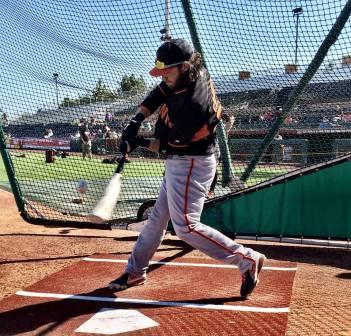 5 Initial Progressions
Stance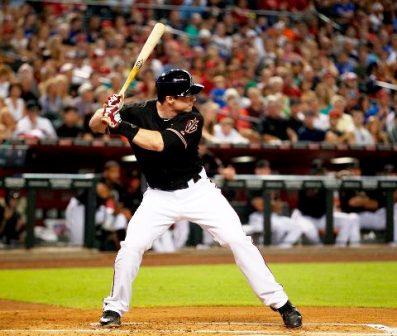
Easy Grip Check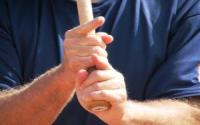
Incorrect Grip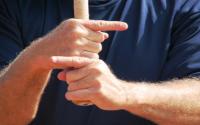
Load ~ Stride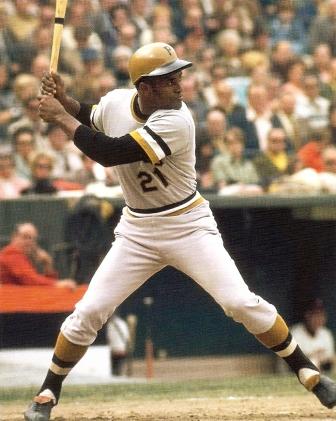
Back Foot Rotation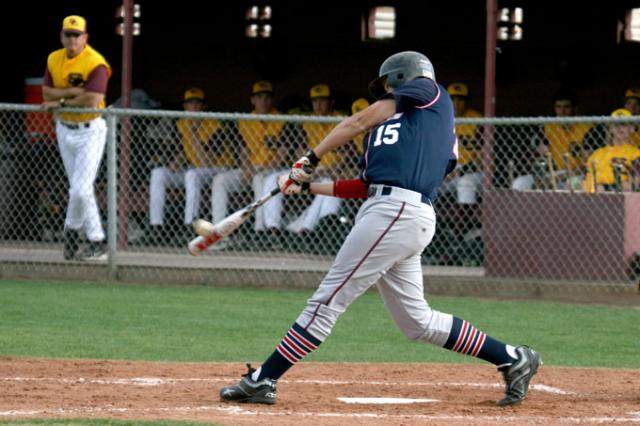 Terrific example of back foot rotation, which starts the generation of power from the ground up. The rotation of your back foot allows you to turn and open your hips. Foot rotation comes before your hands, feet first, hands last. Without that rotation, the swing becomes all arms. The more you can turn your hips without turning your shoulders, the more power you generate. Hands / Swing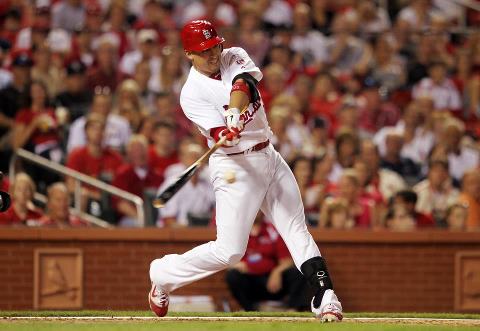 Coaching Tips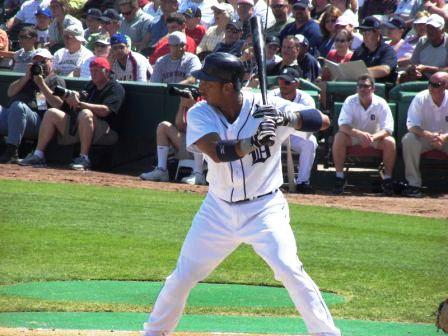 Where Do We Go From Here?Armed with a solid set of steps, the mechanical portion of the swing becomes one of quality repetitions. The goal with these quality repetitions is to commit them to muscle memory, allowing the player to consistently get the bat head to and through the zone in the shortest path, while remaining balanced throughout. As mentioned in the opening section, the mechanics are the least complex ingredient in the process. The biggest challenge now becomes one of establishing a personal, positive, mental approach to putting that round piece of wood, on that round leather object traveling at you in various speeds and movements, and squaring it up. Additional Hitting TopicsYou won't hit what you don't see; No matter how perfect your swing is! Hitting They hand you a round bat, someone throws a round ball at you, and they tell you to square it up! Proven team approach An approach that enabled our players to put the ball in play early and often, a recipe for success Keys to success We don't miss these pitches and we don't try to do too much ( Alex Rodriguez, Ken Griffey Jr., Edgar Martinez, John Olerud ) Batter development One valuable goal is to coach players to become their own best hitting coach MLB's Top 20 Hitters For 2009 Hitting splits for the top 20 hitters in MLB for 2009 Batting Average Analysis What it can tell you to help create a positive hitting plan Rookie progressions Keep it fun and simple, encourage them to turn it loose and swing Hitting The Situation A key part of teamwork and offensive production return from hitting progressions advanced to theoleballgame.com  | ||